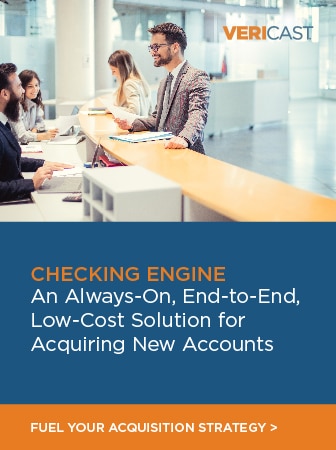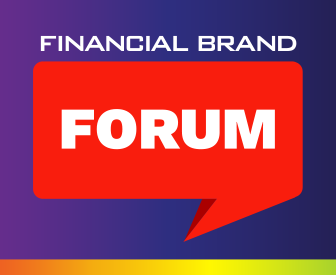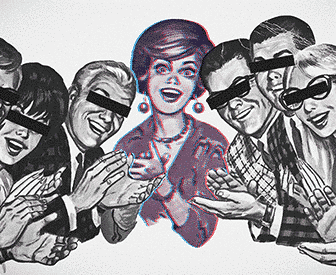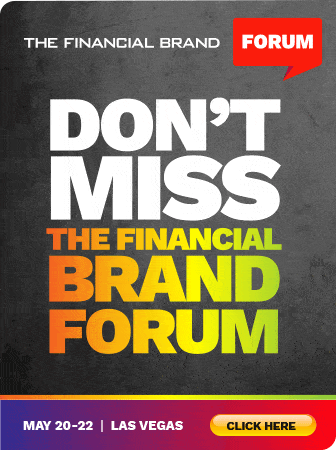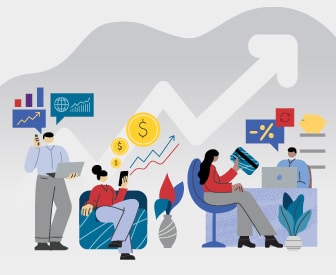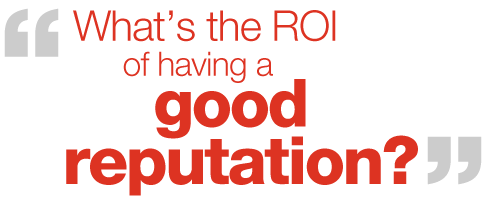
Just because you can’t generate an ironclad formula proving the ROI of something does not mean you shouldn’t be doing it anyway. For instance, how would you measure the return on other things like…
…brochures
…community involvement
…financial education programs
…youth programs
…sponsorships
…giving lollipops to kids in drive-thrus
…smiles
…remembering someone’s name

Send the Right Offers to the Right Consumers
Achieve a better return on your marketing investment. Leverage behavioral data and analytics to target the right customers with the best possible offers.
Read More about Send the Right Offers to the Right Consumers

How Banks Are Fortifying Their Data Against Increasing Cyber Threats
This webinar from Veeam will detail the value of working together across your organization to be better prepared in cyber defense and response readiness.
Read More about How Banks Are Fortifying Their Data Against Increasing Cyber Threats
Trying to classify intangibles like “brand” on the balance sheet is tricky –- if it’s even possible at all. If you agree with most experts who say that brands are formed every time someone is exposed to- or interacts with your organization — through your website, call center, advertising, branches, debit cards, etc. — then the “ROI on branding” will essentially be the organization’s total, overall return.
If you really want to understand the ROI on branding, all you need to do is take a look at the difference in profits between branded- and more generic products. If price was the driver of people’s purchases, Nike couldn’t sell a pair of sneakers for $500; everyone would buy $25 Keds instead. We would all be driving a Kia or Hyundai instead of a BMW or Lexus. But price isn’t the key. Almost every buying decision is driven by people’s emotions.
 A pair of Nikes sell for 20 times more than a pair of Keds, but they don’t cost 20 times more to manufacture and market. Nor do the Nike shoes deliver a 20-fold performance boost either. So why can Nike charge $500 for a pair of shoes, of which a big chunk is pure profit?
A pair of Nikes sell for 20 times more than a pair of Keds, but they don’t cost 20 times more to manufacture and market. Nor do the Nike shoes deliver a 20-fold performance boost either. So why can Nike charge $500 for a pair of shoes, of which a big chunk is pure profit?
Branding — relevant, credible differentiation.
Key Takeaway: The less branded your organization, its products and services are, the more you will be forced to compete on price. The more branded something is, the more you can charge and the wider the profit margin.


